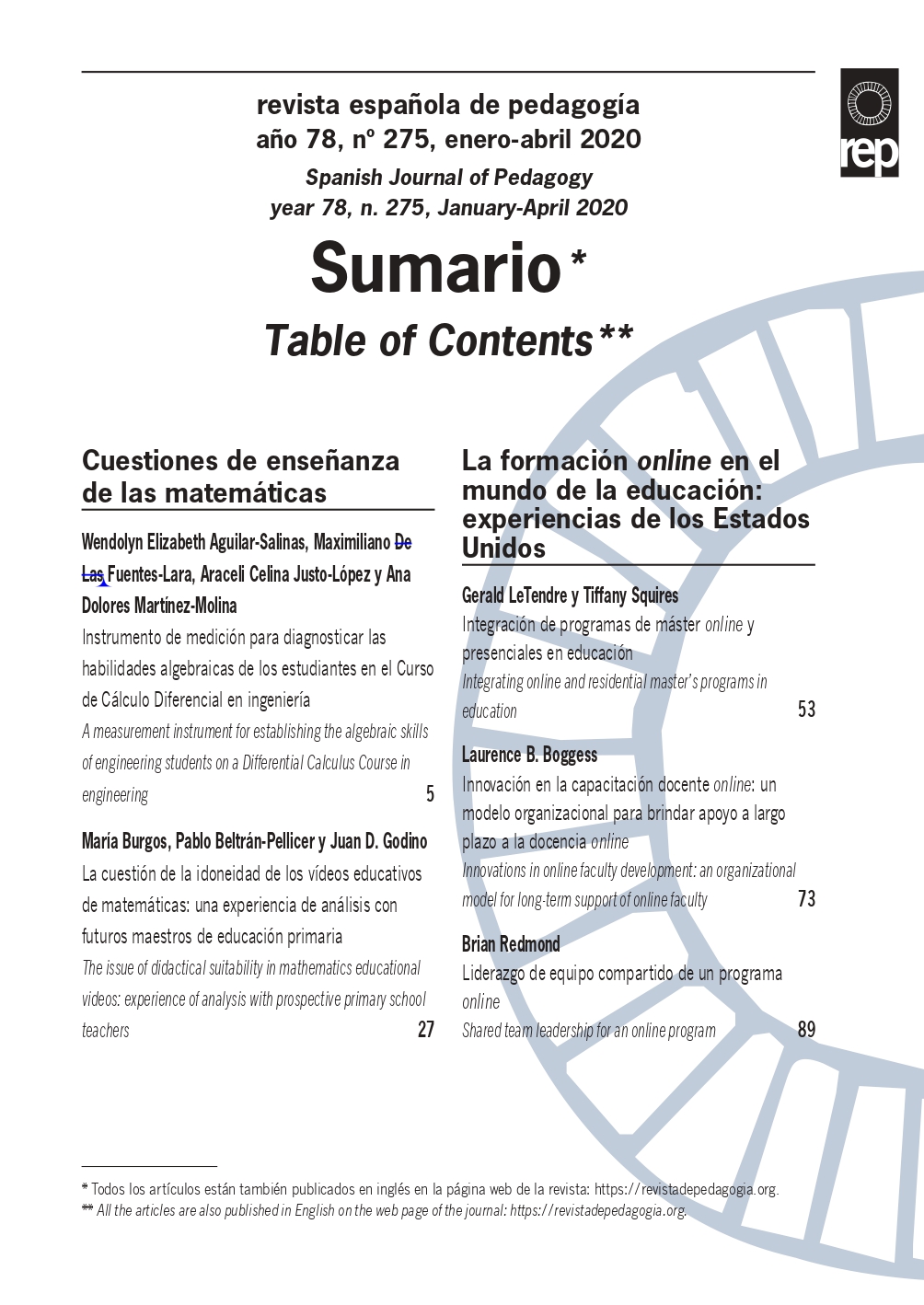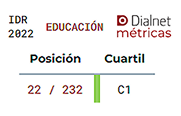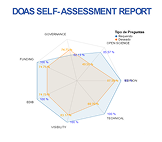Shared team leadership for an online program.
DOI:
https://doi.org/10.22550/REP78-1-2020-04Keywords:
online program leadership, shared team leadership, online educationAbstract
Leadership for online programs to date has mirrored the leadership style of traditional academic programs, however in the rapidly changing environment of online education, thorough solutions to issues need to be arrived at in a more rapid manner than traditional academic models currently allow. A newer model of leadership, shared team leadership, can help online education achieve those goals. This model can also increase the chances of program success by providing multiple perspectives on issues that allow the program to be more effectively managed. Additionaly, it empowers organisational leadership to rapidly respond as external demands change. This article will provide an example of a shared team leadership for a set of online programs that make them some of the most successful at a large institution with a major presence in U.S. online education. This model of online shared team leadership will be assessed, its pros and cons examined, and a brief summary of the impact it has had on the programs that it oversees will be provided.
Downloads
References
Agarwal, A. (2 de enero de 2019). Three Education Trends That Will Revolutionize The Workplace In 2019. Forbes.com. Recuperado de https://bit.ly/2VBPZeY (Consultado el 03-01-2019).
Alexander, A. (11 de septiembre de 2017). Are American attitudes towards higher education segmenting? [Mensaje en un blog]. Recuperado de https://bit.ly/2VtaJWd (Consultado el 03-01-2019).
Bettinger, E., Fox, L., Loeb, S. y Taylor, E. (2015). Changing Distributions: How Online College Classes Alter Student and Professor Performance. Stanford Center for Education Policy Analysis, working paper 15-10, 1-32.
Bettinger, E. y Loeb, S. (2017). Promises and pitfalls of online education. Evidence Speaks Reports, 2 (15), 1-4. Retrieved from https://brook.gs/2ssUBYy (Consultado el 18-10-2019).
Departamento de Educación de EE. UU. (22 de julio de 2016). Education Department Proposes Rule on State Authorization of Postsecondary Distance Education, Foreign Locations. Recuperado de https://bit.ly/2ov9Y2K (Consultado el 03-01-2019).
Hitt, P. (1992). Is Team Management Failing? Management in Education, 6 (4), 30. https://doi.org/10.1177/089202069200600413
Kolger Hill, S. (2019). Team Leadership. En P. G. Northouse (Ed.), Leadership: Theory and Practice (pp. 363-393). Thousand Oaks: SAGE Publications.
Looney, A. y Yannelis, C. (2018). How useful are default rates? Borrowers with large balances and student loan repayment. Economics of Education Review, 10 (4), 1-11.
Miles, J. R. y Kivlighan Jr., D. M. (2010). Co-leader similarity and group climate in group interventions: Testing the co-leadership, team cognition-team diversity model. Group Dynamics: Theory, Research, and Practice, 14 (2), 114-122. http://dx.doi.org/10.1037/a0017503
Morgeson, F. P., DeRue, D. S. y Karam, E. P. (2010). Leadership in teams: A functional approach to understanding leadership structures and processes. Journal of Management, 36 (2), 5-39. http://journals.sagepub.com/doi/pdf/10.1177/0149206309347376
Rovai, A. P. y Downey, J. R. (2010). Why some distance education programs fail while others succeed in a global environment. The Internet and Higher Education, 13 (3), 141-147. https://doi.org/10.1016/j.iheduc.2009.07.001
Sharma, J. P. y Bajpai, N. (2014). Teamwork a key driver in organizations and its impact on job satisfaction of employees in Indian public and private sector organizations. Global Business Review, 15 (4), 815-831. https://doi.org/10.1177/0972150914543417
Zhang, G., Zhong, J. y Ozer, M. (2018). Status threat and ethical leadership: A power-dependence perspective. Journal of Business Ethics, 152 (1), 1-21. http://dx.doi.org/10.1007/s10551-018-3972-5
Downloads
Published
-
Abstract241
-
PDF (Español)56
-
PDF19
How to Cite
Issue
Section
License

This work is licensed under a Creative Commons Attribution-NonCommercial 4.0 International License.










